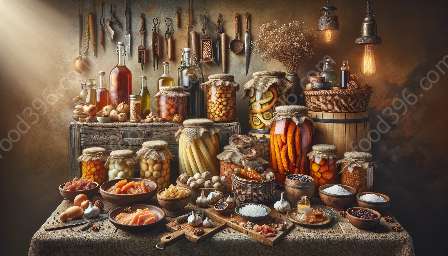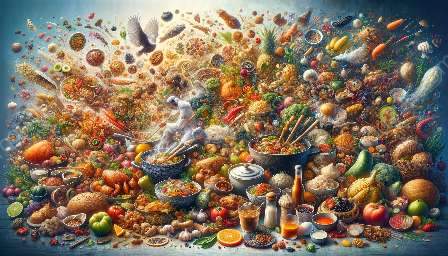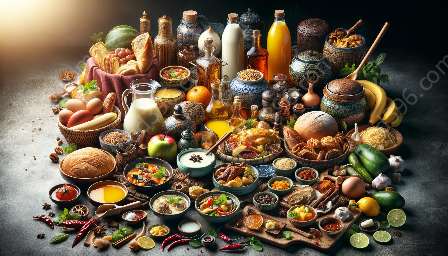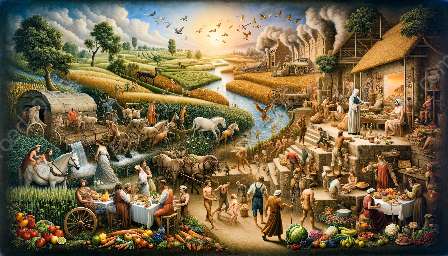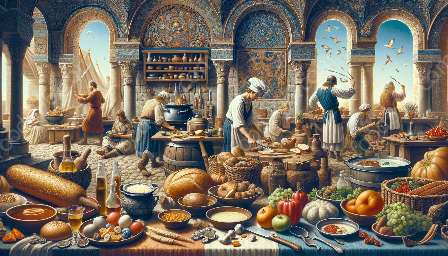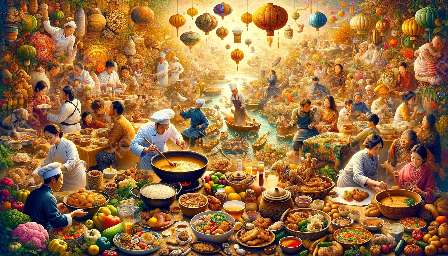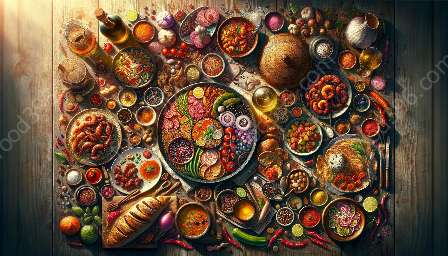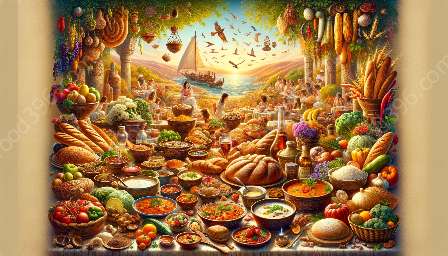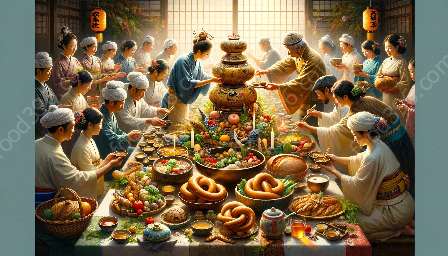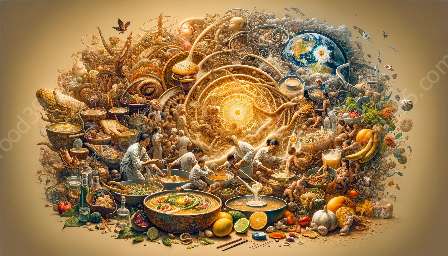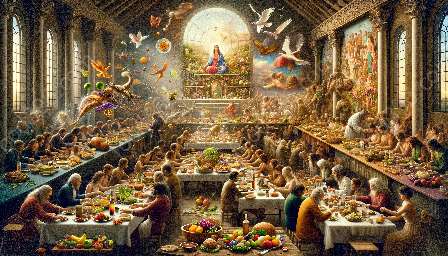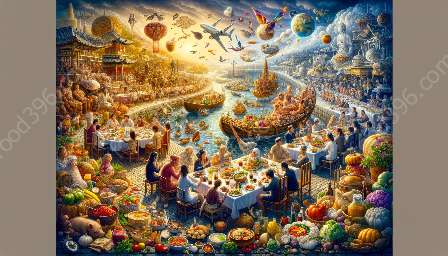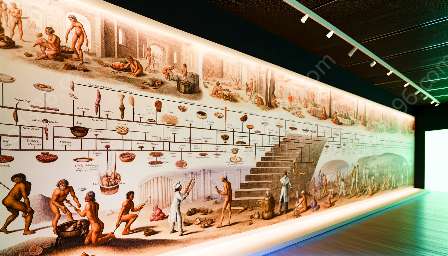Food plays a crucial role in defining cultural identities around the world. From the ingredients used to the cooking methods and rituals surrounding mealtimes, food carries a rich historical and cultural significance that reflects the heritage and traditions of a community. This article will delve into the deep-rooted connection between food and cultural identity, exploring its impact on food culture and history.
The Role of Food in Cultural Identity
Food serves as a powerful tool for expressing cultural identity, acting as a manifestation of traditions, beliefs, and values within a society. Each cultural group carries a unique culinary heritage that reflects a blend of historical, geographical, and social influences. From the spices used in Asian cuisine to the rituals of a traditional Italian meal, every aspect of food preparation and consumption signifies a deeper connection to a particular culture.
Additionally, the transmission of culinary knowledge from one generation to the next preserves cultural identity and reinforces a sense of belonging within a community. Families and communities pass down traditional recipes, culinary practices, and food-related customs, which are integral to maintaining cultural heritage. These culinary traditions contribute to a dynamic, living cultural tapestry, making food a cornerstone of cultural identity.
Food Culture and History
Food culture and history are intrinsically connected, as the evolution of culinary traditions provides a window into the past of a particular culture. The migration of people, colonization, trade, and conquest have all played significant roles in shaping food cultures around the world, leading to the fusion of diverse ingredients, flavors, and cooking techniques.
Moreover, the study of food history unveils the social, economic, and political aspects of a society, offering insights into power dynamics, agricultural practices, and technological advancements. The development of food culture is often intertwined with historical narratives, revealing how food has been used to symbolize status, create social hierarchies, and facilitate cultural exchange.
Food as a Reflection of Tradition
Food and drink embody traditions that have been passed down through generations, and they provide a tangible link to the past, allowing individuals to connect with their ancestry and cultural roots. This connection to tradition is evident in various cultural practices, such as the significance of specific foods in religious ceremonies or the rituals surrounding communal dining experiences.
Celebrations and Festivities
Furthermore, food is often central to celebrations and festivities, serving as a means of expressing joy, camaraderie, and cultural pride. Festivals and holidays are marked by the preparation and consumption of traditional dishes, which not only sustains cultural heritage but also fosters a sense of unity and belonging among communities.
Culinary Diversity and Globalization
As societies become increasingly interconnected, culinary diversity flourishes, resulting in the blending and exchange of food traditions from around the world. Globalization has facilitated the spread of diverse cuisines, allowing individuals to experience and embrace foods from different cultures. This cross-pollination of culinary practices contributes to the enrichment of food culture, leading to the emergence of fusion cuisines that reflect the interconnectedness of various cultural identities.
Conclusion
Food embodies the essence of cultural identity, serving as a conduit for preserving traditions, sharing histories, and celebrating diversity. The interplay between food, culture, and history weaves a rich tapestry that captures the vibrant essence of human heritage. By exploring the significance of food as a form of cultural identity, we gain a deeper appreciation for the multifaceted ways in which food shapes and reflects the cultural landscapes of societies worldwide.



